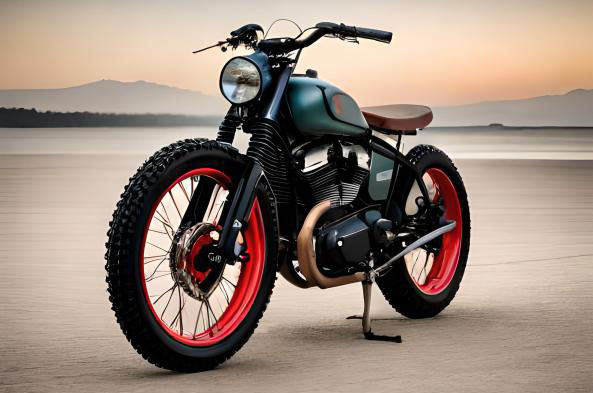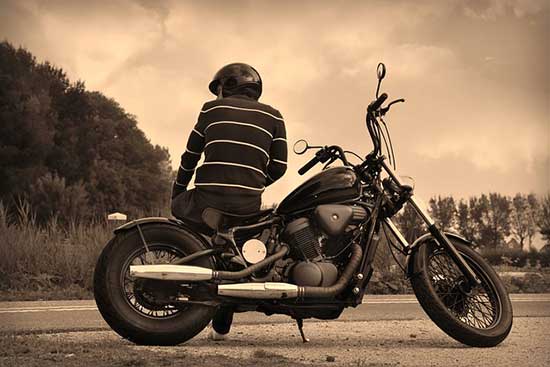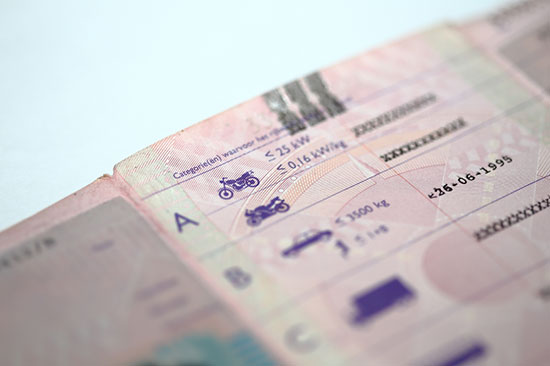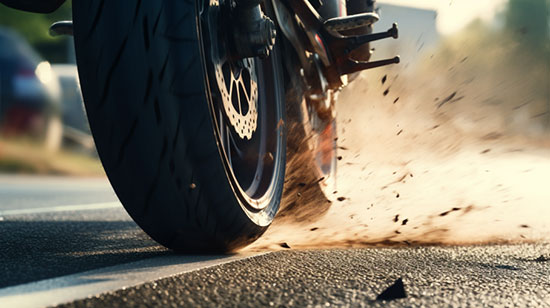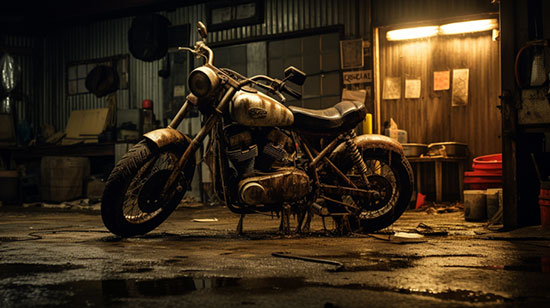Sportbikes are a popular choice among motorcycle enthusiasts due to their sleek design, high performance, and agility.
However, with so many options available, it can be challenging to choose the right one that fits your body type and riding style.
Contents
Understanding Sportbike Dimensions
Sportbikes come in various shapes and sizes, and understanding the different dimensions can help you choose the right one for your needs. The critical dimensions to consider are:
Seat Height
The seat height is the distance from the ground to the top of the seat cushion. This measurement is essential for riders because it determines how comfortable and secure they feel while riding.
Generally, sportbikes have a higher seat height than other types of motorcycles, which allows for better cornering and maneuverability.
Wheelbase
The wheelbase is the distance between the front and rear wheels of a motorcycle. This measurement affects the bike’s stability and handling.
Sportbikes typically have a shorter wheelbase, which makes them more agile and responsive but less stable at high speeds.
Weight
The weight of a sportbike affects its acceleration, braking, and cornering ability. Generally, lighter bikes are more agile and easier to handle, while heavier bikes are more stable and comfortable on long rides.
Length
The length of a sportbike affects its turning radius and overall maneuverability. Longer bikes require more space to turn and are less agile than shorter ones.
Average Sportbike Dimensions
The following table provides the average sportbike dimensions for popular models:
| Model | Seat Height (inches) | Wheelbase (inches) | Weight (pounds) | Length (inches) |
|---|---|---|---|---|
| Yamaha YZF-R6 | 33.5 | 54.1 | 419 | 80.3 |
| Kawasaki Ninja ZX-10R | 32.9 | 56.7 | 454 | 82.3 |
| Honda CBR600RR | 32.3 | 53.9 | 410 | 80.3 |
| Suzuki GSX-R750 | 31.9 | 56.1 | 419 | 80.9 |
| Ducati Panigale V4 | 33.1 | 57.8 | 441 | 83.3 |
Choosing the Right Fit
When choosing a sportbike, there are several factors to consider, such as your riding experience, body type, and riding style. Here are some tips to help you select the right fit:
Consider your Riding Experience
If you are a beginner, it is best to start with a smaller and less powerful bike that is easier to handle. As you gain experience and confidence, you can upgrade to a more powerful and agile model.
Determine your Body Type
Your body type plays a crucial role in choosing the right sportbike. If you are taller, you may need a bike with a higher seat height and longer wheelbase to accommodate your height.
Conversely, if you are shorter, you may need a bike with a lower seat height and shorter wheelbase.
Assess your Riding Style
Your riding style also determines the type of sportbike that is right for you. If you prefer long rides, a heavier and more comfortable bike may be a better fit.
If you enjoy cornering and maneuverability, a lighter and more agile bike may be more suitable.
Conclusion
Choosing the right sportbike requires careful consideration of various factors, such as seat height, wheelbase, weight, and length.
In addition to these critical dimensions, other factors, such as the bike’s ergonomics, suspension, and engine power, can also affect your riding experience.
It is essential to test ride several models to see which one feels the most comfortable and fits your needs.
When selecting a sportbike, safety should also be a top priority. Always wear proper safety gear, such as a helmet, gloves, and protective clothing, and make sure the bike has safety features such as anti-lock brakes (ABS).
In summary, understanding the average sportbike dimensions and how they affect your riding experience can help you choose the right fit. Consider your riding experience, body type, and riding style when selecting a model, and prioritize safety at all times.
FAQs
- What is the average weight of a sportbike? The average weight of a sportbike is around 400-500 pounds, but this can vary depending on the model and manufacturer.
- How important is seat height when selecting a sportbike? Seat height is essential when selecting a sportbike as it affects your comfort, stability, and control while riding.
- What is the difference between a sportbike and a cruiser? A sportbike is designed for high-performance and agility, while a cruiser is designed for comfort and long rides.
- Can I ride a sportbike if I am a beginner? Yes, but it is best to start with a smaller and less powerful bike that is easier to handle and work your way up to more powerful models.
- Do sportbikes have safety features such as ABS? Yes, many sportbikes come with safety features such as anti-lock brakes (ABS) to enhance the rider’s safety and control.

